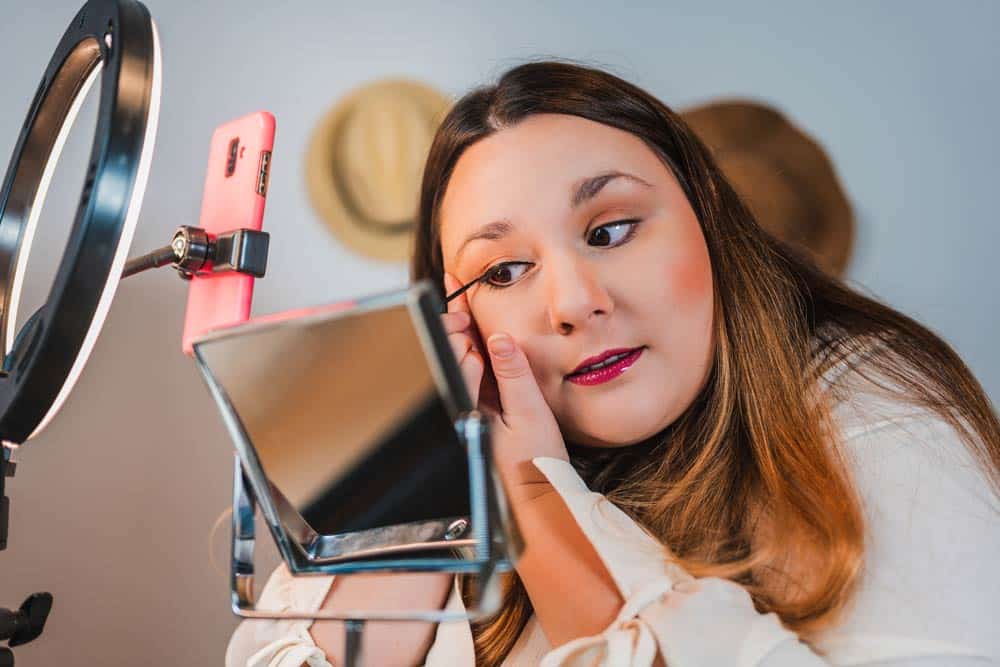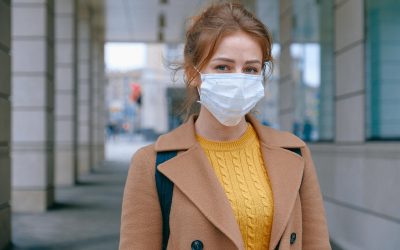Beauty Standards are Socially Constructed + Always Changing: Does this Influence Eating Disorders?
One topic that comes up over and over with my clients struggling with Eating Disorders and Body Image is just how much society’s continually changing beauty standards impact the way they see themselves- and ultimately, their sense of self worth. Part of therapy often includes unpacking how these socially constructed, eurocentric standards have become so deeply embedded in our psyches, that even when we are aware, it is terribly hard to divest and find worth- without changing our bodies. This is particularly true for anyone in a socially marginalized identity.
You can think of beauty standards like expectations (that none of us consented to) about physical appearance that are constantly changing over time. These standards can be harmful to body image because they often present unrealistic and idealized images that can lead to feelings of inadequacy and negative self-esteem, particularly when one struggles with comparison and has a deep longing to fit in. Wait, isn’t that all of us? Additionally, narrow beauty standards can reinforce discrimination based on race, ethnicity, gender, age, size and other factors, leading to further harm to body image and self objectification (seeing oneself as an object rather than a whole, unique human being).
Here are a few examples of changing beauty standards over time:
1: Body size: In different historical periods, ideal body sizes have varied, from large bodies, thin bodies, midsize ‘curvy’ bodies and thin bodies once again. Large bodies specifically come with so much oppression and hate in current times, to the point that some studies indicate more people would rather lose 10 years of their lifespan than become ‘fat.’ Not only does this show how incredibly fatphobic our society is but also explains how weight stigma negatively impacts one’s self esteem.
2: Facial features: In some cultures, certain facial features, such as plump lips, high cheekbones, and narrow noses, have been considered more attractive at different times.
3: Hair: Hairstyles and hair texture have also been subject to changing beauty standards, with curly hair being popular in the 1970s, for example, and straight hair in the 1990s. Hair texture for BIPOC folks also comes with its own form of racial discrimination, leading many to attempt to conform their hair to Eurocentric standards- often at the cost of a lot of time, money and even pain.
4: Tanning: The ideal skin tone has also changed over time, with tanned skin being considered attractive in some periods, and lighter skin in others. Consider how colorism also plays a role here.
5: Makeup: The way makeup is applied and the styles that are considered attractive have also changed, with heavier makeup being popular in some eras and more natural looks in others
These changing beauty standards can be influenced by various factors, such as cultural trends, media representation, and the beauty industry. Beauty standards are also very much so rooted in oppression and the ‘body hierarchy’- a term coined by Sonya Renee Taylor in her NYT Bestselling book: Your Body is Not an Apology and further researched in Sabrina Strings groundbreaking book Fearing The Black Body.
When individuals feel pressured to conform to these standards, they may engage in diets and disordered eating behaviors in an attempt to ‘fix’ their body that society has convinced them is ‘wrong.’ These behaviors lead to developing negative and even hateful attitudes towards their bodies. This can lead to the development of eating disorders, such as anorexia, bulimia, and binge-eating disorder. Eating disorders can have serious and long-lasting health consequences, including malnutrition, organ damage, and even death.
It is also important to recognize that eating disorders are complex mental health conditions that are influenced by a combination of biological, psychological, social, political and environmental factors. Challenging harmful beauty standards and promoting body acceptance can help to prevent the development of eating disorders and support those who are struggling with these conditions.
If you or someone you know is currently struggling, please know help is available. Reach out to my practice to schedule a 15 minute (free) consultation call to see if we would be a good fit for you- otherwise we are happy to connect you to other resources. Don’t forget to also sign up for our email list where we share our latest offerings!
Why Not Every OCD Subtype Requires Accepting Uncertainty: A Compassionate Look Through the Lens of I-CBT
If you’ve been struggling with intrusive thoughts like “What if I harm my child?” or “What if I’m secretly a pedophile?”, chances are you’ve felt terrified, ashamed, and misunderstood. These thoughts—often referred to as taboo OCD themes—can feel so disturbing that...
Understanding Health Anxiety: What it is & How to Cope
If you have health anxiety, you know how exhausting it can be to live with constant worry about your health. Every new ache, sensation, or symptom can send you into a spiral of anxiety, leaving you feeling overwhelmed and scared. Health anxiety (a subtype of OCD),...
Three Acceptance and Commitment Therapy (ACT) Skills to Strengthen Your Recovery from OCD and Eating Disorders
When I was in the depths of recovery from an Eating Disorder and OCD, I was hungry (I know, pun intended) for anything that would help me cope with the distress these disorders bring. Particularly when I was beginning to challenge some of the behaviors...




